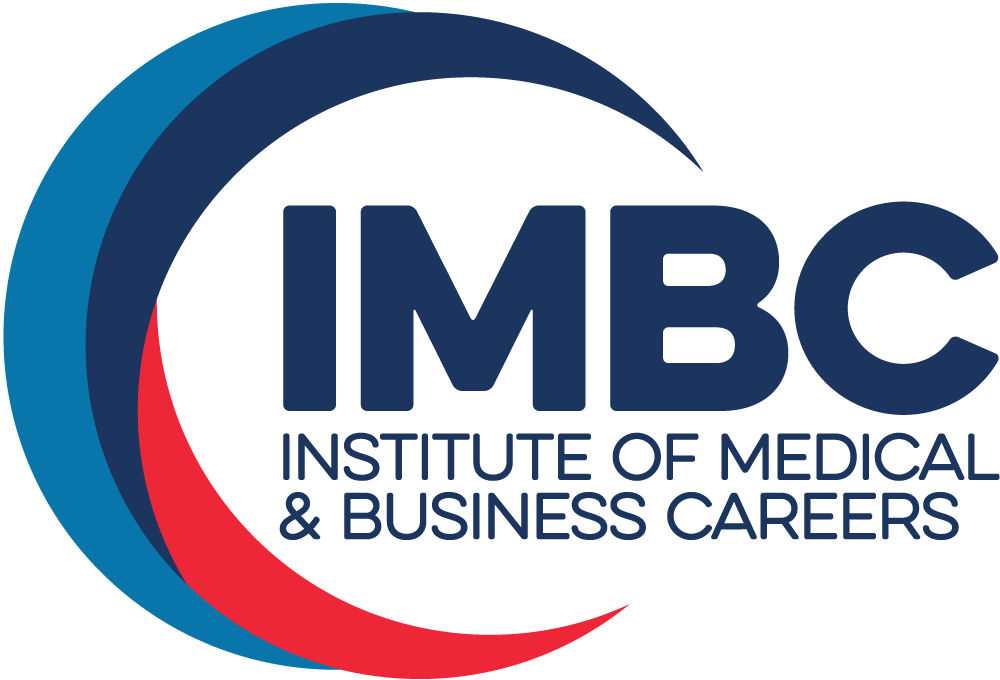A phlebotomist is someone who draws blood from a patient, for a variety of procedures including tests, transfusions, research, medical procedures or donations. Phlebotomists might work with patients, doctors, nurses, scientists and lab technicians. As a phlebotomist, you need good interpersonal skills and a focused, professional attitude. In addition to taking patient blood samples, you might perform clerical tasks, maintain equipment, conduct lab work or perform data entry. Phlebotomists are typically also trained to help patients feel comfortable for a procedure; and on how to provide assistance if a patient has an adverse reaction to a procedure.
Simply put, phlebotomists draw blood samples from patients to test for illness and health conditions. Additionally, depending on where you work, you may also be entering patient, specimen, and insurance information into billing systems; organizing blood-drawing trays; and taking inventories of and sterilizing equipment.
While training to be a phlebotomist, you will typically take courses in anatomy and physiology, medical terminology, and medical law and ethics as well as receive in-depth, hands-on experience with simulation equipment for practicing blood draws.
Phlebotomists work in several different types of environments, including hospitals, doctors’ offices, nursing care facilities, outpatient care centers, home health services, diagnostic labs and blood donation centers.
How to become a phlebotomist
You can train to become a phlebotomist by enrolling in phlebotomist training programs, usually at an accredited school. A phlebotomy diploma program can typically be completed in about a year.
Accreditation means that the institution meets certain academic and student support standards, among other requirements. This usually gives you peace of mind that your training is of a good quality.
Some schools, such as the Institute for Medical and Business Careers (IMBC), offer internships as part of your formal training program. An internship lets you practice your new skills in a real healthcare setting with professional supervision. Before beginning an internship, you might be required to have a physical and obtain proof that all of your immunizations are current. Some medical internship sites and employers may require a criminal background check.
You should also find a school for phlebotomy training that will prepare you for any licensing requirements in your state and one that has a robust career services department. A good career services department can help you find phlebotomy technician jobs, prepare for your interview with potential employers and help you transition from your training to a professional environment.
Certifications for phlebotomy technicians
After you obtain your phlebotomy technician diploma, you should consider obtaining your certification. The Nationally Registered Certified Phlebotomy Technician (NRCPT) is administered by the National Association for Health Professionals (NAHP). Additionally, you can obtain your CPR certification to add to your résumé.
Some schools like IMBC will cover the costs of the professional certification exams.
As you complete your program and certifications for phlebotomy, you may want to consider relocating for the right job opportunity. The great news is that according to the U.S. Bureau of Labor Statistics, the number of jobs is expected to grow 25% by 2026, adding more than 30,000 new phlebotomy technician jobs throughout the country. Now might just be the right time to complete your training.
